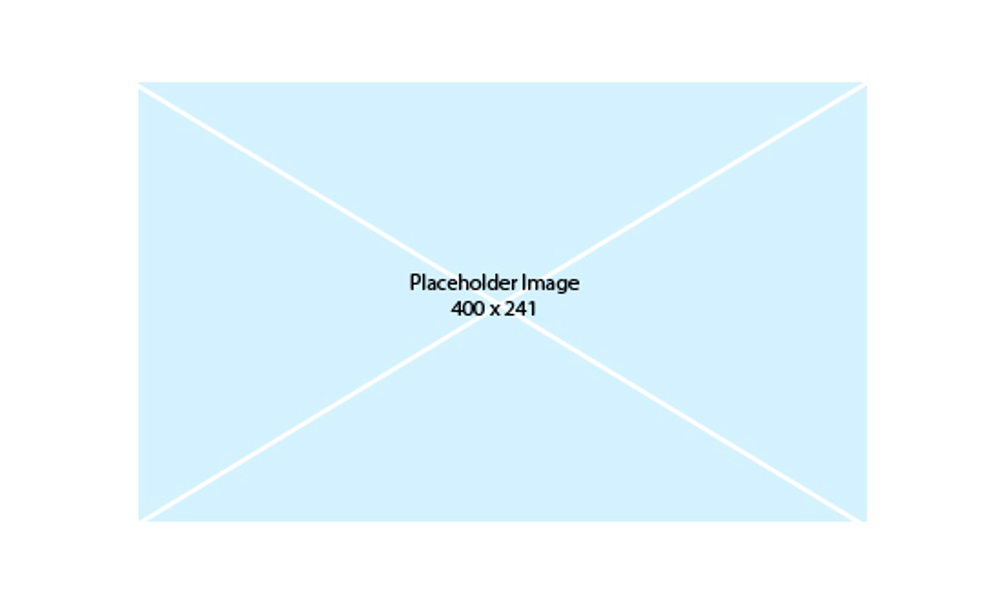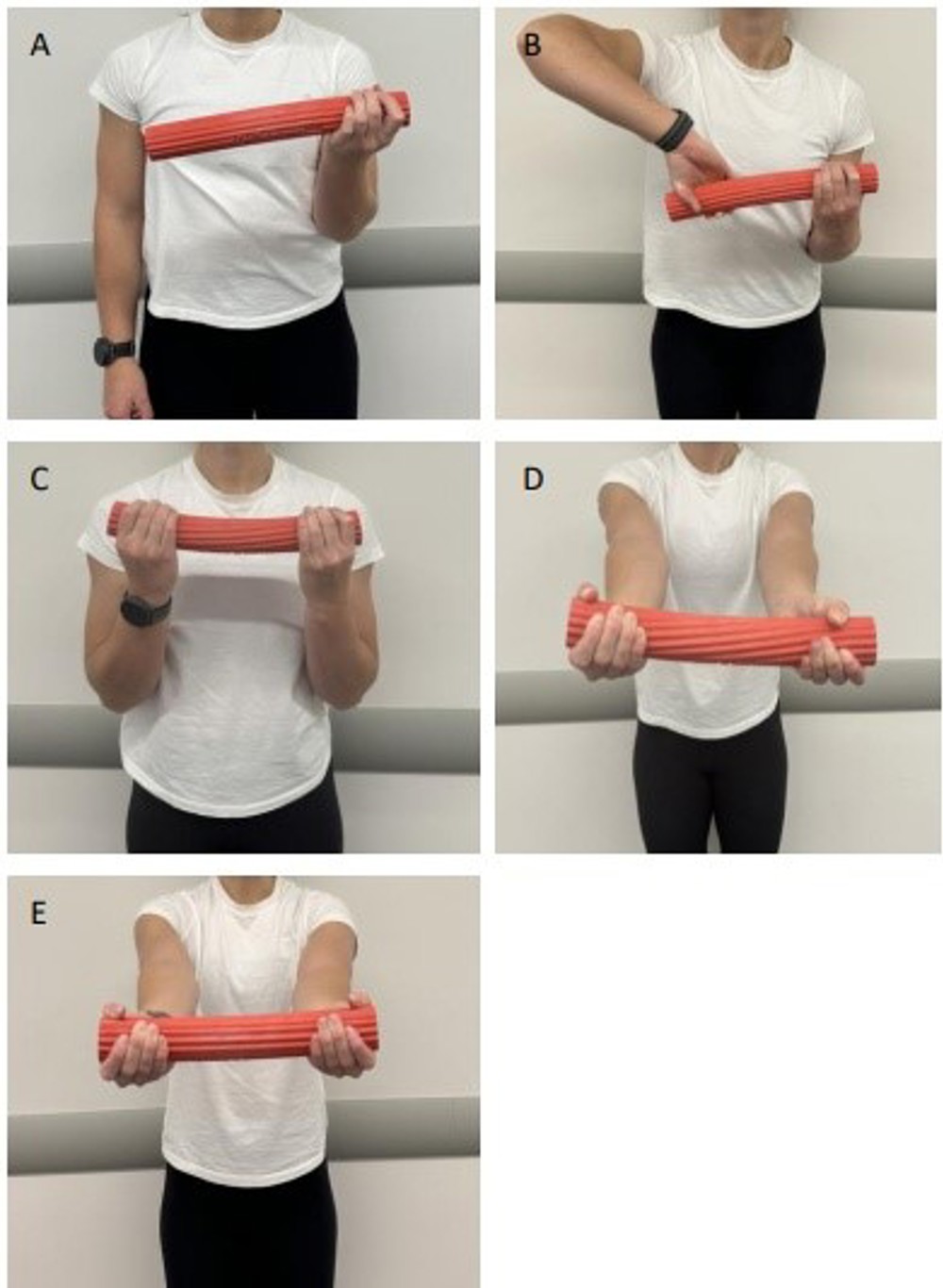Fife Musculoskeletal Physiotherapy
This information has been developed to supplement the information the Doctor or Healthcare Practitioner has already given you.
Issue No:
Date of Issue: February 2025
Review Date: February 2026
If the review date has passed, the content will apply until the next version is published.
Introduction
This leaflet will provide you with information about golfers elbow and how to manage your symptoms.
What is golfer’s elbow?
Golfer’s elbow is caused by overuse or degeneration of the tendon on the inner side of the elbow. It is usually painful over the bony bump on the inner side of the elbow (medial epicondyle). Golfer’s elbow can occur in sport and repetitive work activities. It is more common in non-sporting people. Men and women are equally affected.
What causes golfer’s elbow?
Golfer's elbow, also known as medial epicondylosis, is caused by an injury to the muscles and tendons that control your wrist and fingers. The injury is typically related to excessive or repeated stress e.g. forceful repetitive wrist and finger movement. This is why work activities such as gardening and painting, as well as sports can cause golfers elbow.
What are the symptoms of golfer’s elbow?
You may experience pain and tenderness over the inner side of the elbow which may spread into your forearm and wrist. This may follow a period of activity, and may ease after a period of rest.
How is golfer’s elbow diagnosed?
Golfer's elbow is usually diagnosed based on your medical history and a physical exam. To evaluate pain and stiffness, the physiotherapist might apply pressure to the affected area or ask you to move your elbow, wrist and fingers in various ways.
How is golfer’s elbow treated?
Changing activities that bring on your pain. Alter activities that bring on pain. This is to reduce inflammation so that the tendon injury can heal. Changing job activities and cutting out repeated movements of the hand is necessary.
- Cold therapy - Apply ice packs or frozen peas wrapped in a towel over the painful area for 10 minutes. Repeat this 3 to 4 times a day for the first few days.
- Anti-inflammatory and other pain medications - Please tell your pharmacist about any other drugs you are using.
- Physiotherapy - A physiotherapist can teach you to do gentle stretching and gradual muscle strengthening exercises.
- Steroid injection – in a small number of individuals a steroid injection may help in easing pain in the short-term.
- Surgery is rarely used is used for this condition.
Can golfer’s elbow be stopped from happening?
The best way to reduce golfer’s elbow pain is to stop overusing the tendons at the elbow. The following may help;
- Stop the aggravating activity that is causing your pain or find a different way of doing it.
- Ice the affected area Apply ice packs to your elbow for 15 to 20 minutes at a time, three to four times a day for several days. To protect your skin, wrap the ice packs in a towel. It might help to massage your inner elbow with ice for five minutes at a time, two to three times a day.
- Support – A forearm or ‘epicondylar’ clasp may help by relieving pressure on the painful area. These are available from pharmacists or over the internet.
- Warm up and gently stretch the muscles before playing sport, or working.
- Improving the strength and flexibility of affected area can help to stop golfer’s elbow.
Rehabilitation exercises

Wrist Extensor Stretch
Straighten your elbow and drop your wrist down (see picture). Gently press on the back of your hand with your other hand. Feel a stretch in your forearm muscles. Hold for 15 seconds and repeat 3 to 5 times. Repeat this exercise 2 to 3 times daily. These stretches are useful before playing sport with your affected arm.

Wrist Flexor Stretch
Straighten your elbow and using your other hand pull your fingers and hand up to feel a stretch in the forearm muscles (see picture).
Feel a stretch in your forearm muscles. Hold for 15 seconds and repeat 3 to 5 times. Repeat this exercise 2 to 3 times daily.
These stretches are useful before playing sport with your affected arm.

Elbow Flexion and Extension
Bend then straighten you elbow
Repeat 10 times and then increase to 3 sets of 15 repetitions as pain allows.

Supination and Pronation
With your forearm supported on a table.
Put the back of one hand on the table and then turn your handover palm down.
Hold for 5 seconds then slowly release. Repeat 10 times then increase to 3 sets of 10 repetitions.
This exercise can be progressed by adding weight e.g. a can of beans

Wrist Flexor Strengthening (Concentric)
Place your forearm on a table with the palm of your hand facing up. Hold onto a small weight. Slowly bend your wrist up as far as possible.
Return to a neutral position where your hand is level with the table.
Apply a slow and controlled movement.
Repeat 10 times. Increase to 3 sets of x 10 repetitions as pain allows.
Progress the exercise by increasing the weight.

Wrist Flexor Strengthening (Eccentric)
Hold onto a small weight in your affected arm.
Rest your affected arm over the edge of a table with your palm facing upwards and your forearm fully supported. Use your other hand to lift the affected hand up.
Now let your hand drop down over a 6 second period.
Repeat these movements and complete 10 repetitions, 3 times a day.
Increase to 3 sets of 10 repetitions as pain allows.
Tyler Twist Flexbar exercises for Golfer’s Elbow
Some people find these new exercises for Golfer’s elbow are helpful. These use a rubber bar that can be purchased relatively cheaply online. The rubber bars come in different ‘strengths’ (colours) from light to heavy. Start with the lightest initially.
Repeat 10 to 15 times up to 3 times a day. Begin with the red or light ‘Flexbar’ and progress to the next colour when you can easily perform 3 sets of 15 per day.
Use ice for any soreness following exercise.
For a video demonstrating the Golfers Elbow ‘Flex Bar’ exercises online: Thera-Band FlexBar "Reverse Tyler Twist" for Golfers Elbow (youtube.com)

A. Hold the ’Flexbar’ horizontally with the sore arm
B. Reach over the top of the bar with the other hand.
C. Grab and twist lowering the unaffected side
D. Maintain the bar in a twisted state with both palms facing you.
E. Straighten both arm while maintaining the twist
F. Slowly untwist the bar using only the injured side
Repeat 10 to 15 times up to 3 times a day. Begin with the red or light ‘FlexBar’ and progress to the next colour when you can easily perform 3 sets of 15 per day.
Use ice for any soreness following exercise.
Returning to activities
Most individuals can continue to work. Consider managing your workload to reduce your pain.
Your ability to restart leisure activities will be dependent on the pain, range of movement and strength. Start with short sessions, involving little effort and gradually increase the load.
Please discuss with your physiotherapist if you have any questions or concerns relating to the exercises provided in this leaflet.
Useful information
NHS Inform
www.nhsinform.scot/illnesses-and-conditions/muscle-bone-and-joints
The Chartered Society of Physiotherapy
www.csp.org.uk/conditions/managing-your-bone-joint-or-muscle-pain
For a video demonstrating the Golfers Elbow ‘Flex Bar’ exercises online
Thera-Band FlexBar "Reverse Tyler Twist" for Golfers Elbow (youtube.com)
Worries or concerns
Should you have any worries or concerns, please contact your GP during working hours or contact NHS24 on 111 out of working hours.
If you continue to experience problems then you should consult a healthcare professional.
Accessible formats
If you require this information in a community language or alternative format such as Braille, audio, large print, BSL, or Easy Read, please contact the Equality and Human Rights Team at: email: fife.EqualityandHumanRights@nhs.scot or phone 01592 729130. For people with a hearing or verbal impairment you can also contact the team through the NHS Fife SMS text service number on 07805800005.
